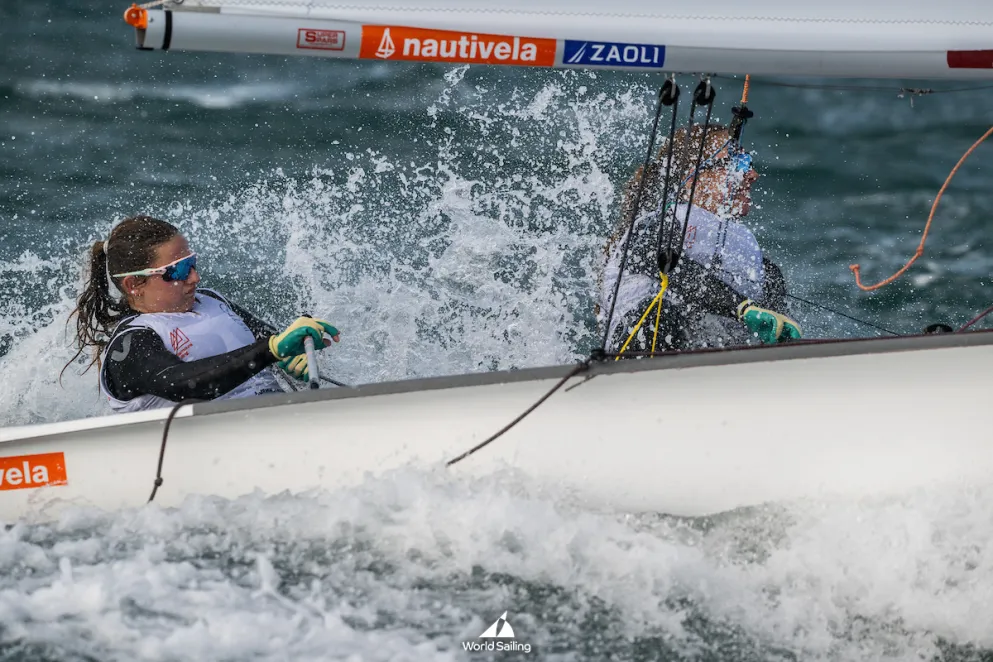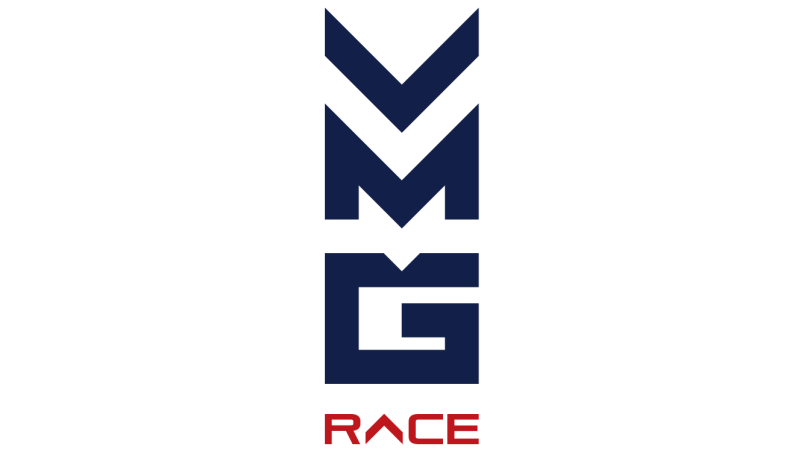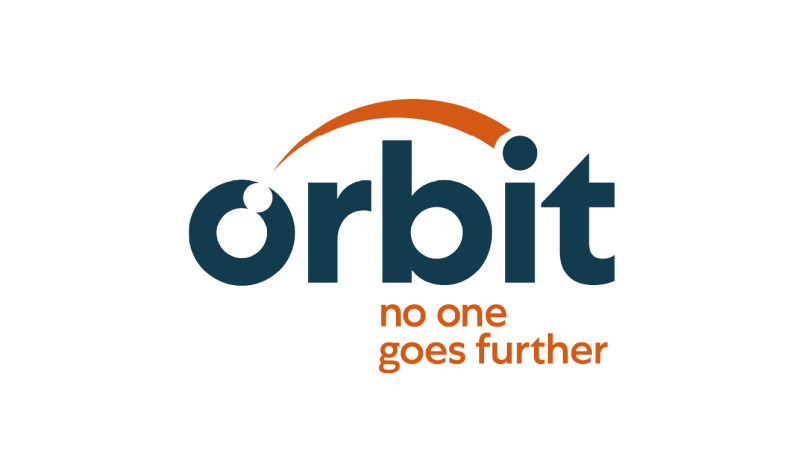'Straight numbers game': Coutts on innovation, new pathways and sailing's biggest challenge
Sailing has a fan problem, says Sir Russell Coutts.
They’re out there – that’s evident from the record number of eyeballs on the last completed season of the Kiwi icon’s successful SailGP.
Rather, it’s that while other sports have embraced fans as essential to its success, sailing seems to still be reluctant to do the same.
“To have longevity, the sport’s got to be more conscious about marketing itself better and being more fan-friendly,” Coutts, the SailGP co-founder and chief executive, says from behind the desk in his office on Auckland’s North Shore.
He would know: SailGP has just attracted its biggest live audience ever in the final two events of Season 4 and, if the early innovations for Season 5 are anything to go by, those numbers may well be topped again.
“I was at the Olympic Games in Marseille earlier this year and no spectators were allowed within 75 metres of the racecourse,” Coutts says. “Even the fan zone on shore was created almost as an afterthought instead of the whole thing being choreographed so that you’re engaging with the fans. It was as if the fans were an unwanted distraction.”
Olympic organisers aren’t the only ones missing a trick.
“Many of the other sailing properties and products seem to think that it’s a big show watching boats dock out and dock in,” he says. “Imagine if you’re watching motorsports and you only saw the car leaving the garage and coming back into the garage. People would say, ‘Are you crazy?’”
Coutts pauses for a moment, then leans forward in his chair. It’s a wet spring afternoon, and the 62-year-old is about to leave for a well-earned break in the South Island.
He’s just announced Brazilian superstar Martine Grael as the league’s first female driver and Rio de Janeiro as the host for the country’s first SailGP event. The double Olympic champion will be at the helm of the Mubadala Brazil SailGP Team, which have entered the league this season.
“It’s good that we’ve got the first female driver but the best thing about it is that she wasn’t selected because she was a female. She was the best choice in Brazil. Nobody else has won two Olympic golds and when we looked at the options, Martine was the clear winner,” Coutts says. “It’s like hiring any role in your organisation. If they’re the best person for the job, it doesn’t matter whether they’re male or female. There’s no reason why
that can’t be the case with the SailGP drivers or wing trimmers or flight controllers. As long as it engages the fans.”
Fan engagement has been central to the league since Coutts and Oracle founder Larry Ellison first launched the competition in 2019, to a healthy dose of scepticism.
Fast-forward five years and the recently completed season enjoyed live audience numbers of around 20 million dedicated television audiences for its events in New York and San Francisco.
“These are just the people watching the actual race,” Coutts says. “That’s by far the highest audience numbers I’ve ever seen in the sport, and they are not only avid sailing fans.”
They are racing fans.
“And that is how I would describe SailGP to people – it’s among the best in racing that just happens to be on water.”

One of the finest sailors New Zealand has produced, Coutts has never been far from the record books – or the headlines.
He won a gold medal in the Finn class at the 1984 Olympic Games, three world match racing championships, the America’s Cup five times and has been named World Sailing’s Sailor of the Year twice.
The America’s Cup hero turned villain when he joined Swiss rivals Alinghi from Team New Zealand shortly after the successful 2000 Cup defence.
It’s something many Kiwis still haven’t forgiven him for, Coutts acknowledges.
But over the last few years, SailGP has gone some way to endearing him to sporting fans at home.
The New Zealand debut event in Christchurch in March 2023 sold out in under 24 hours and this year it produced the (then) largest ticketed sailing event ever with 22,000 fans across the weekend.
Taking the series to Auckland in January 2025 was a logical next step – New Zealand’s biggest city is the second stop in the expansive calendar which spans five continents, including event debuts in Rio de Janeiro, Geneva, Sassnitz (Germany) and more. It will also see returns to favourite
venues like New York, Los Angeles and Cadiz.
A second new team- Red Bull Italy - has just joined Brazil for Season 5, taking the number of teams to 12.
Three teams have sold in recent months - one of several firsts this season, including cutting-edge titanium foils that are set to be a “game-changer and will force teams to completely rewrite their racing playbooks”, according to Coutts.
The foils have been developed after extensive testing over the last 18 months and will bring faster speeds and even more competitive racing – crew members on board the Canada F50 set a new speed record of 101.98 km/h in winds of 32 km/h in July.
A second innovation is a light-wind foil programme, with details to be announced in due course, Coutts says.
“That’s the one I’m most excited about. Sure, the boats will go even faster with the high-speed foils but, honestly, I’m not even sure they need to go faster – the product is already spectacular in strong winds. It’s in the light stuff where we’re hoping to have a big impact, providing certainty of racing in all conditions.”
While innovations like these have become synonymous with SailGP, Coutts has been at pains to ensure the competition doesn’t become a “technology arms race” – the F50s are one-design with technical information openly shared between teams.
“Innovation is worth something, but it’s not what sailing should be about. Skill and ability should always determine the outcome, not a technological arms race that supersedes skill.
“That doesn’t mean it can’t be visually compelling. Quite the opposite. If the sport is produced and broadcast properly and the fan experience is the starting point, it can be visually compelling and showcase the sport to its fullest potential without compromising the competitiveness of the racing.
“In my opinion, sailing has had an almost unwelcoming attitude toward fans - ‘keep those spectator boats away, keep them out of it. We don’t want them to see our race committee operations in any detail’.
“The reality is, the closer you are the better the content. It’s what people are interested in. The moment you try to fudge something... the fans see through that and that’s when they switch off."
When he’s not signing contracts in London, or testing new developments in San Francisco, Coutts can be found in a coach boat off Big Manly Beach – getting back to the grassroots of the sport.
He set up the Russell Coutts Sailing Foundation in 2017, with its base at Manly Sailing Club.
Recently Coutts has been heavily involved with the O’pen Skiff class, coaching them in the build-up to and during the last two world championships in Italy where the Kiwi kids enjoyed a record number of entries and stellar results.
“I’m overseas most of the year but I organise my diary so I can dedicate at least one event per year to the young sailors, just so I can stay connected,” Coutts says. “We set up the foundation and we fund it, but other people are doing a fabulous job running it. We’re quite proud of the fact that when we started it, the club had about 17 members; most of them social members. Now the club is thriving with roughly 200 kids a year going through its programmes and the club is about to host the Moth world champs.”
Finding solutions to dwindling fleets and declining membership numbers is another thing Coutts is increasingly passionate about.
“You have to recognise the barriers to participation and sailing is an expensive sport. Even at youth level, some of the boats cost $10,000 as a starting point and that’s a lot of money for most families. That’s what Manly Sailing Club has done well – they’ve identified those barriers, and
they’ve had a shot at addressing them.”
Another obstacle is the notion that sailing programmes must follow a pathway of intense regattas from a very young age, Coutts says.
“Even if your club only wanted to train sailors for the Olympics or the elite side of the sport, the evidence supports the opposite of that view. There are so many people at the top of the sport today who weren’t prolific junior sailors. Many of them didn’t even start sailing before 13 or were competing seriously in other sports at that age.
“Kids develop differently. Some are late developers, and you might not see their true ability until they are 21 or 22. Yet, we are judging how someone is performing in an Optimist at 12 or 13...
“Perhaps the pathways should be a lot more about participation at a young age. Significant factors in the youth classes are more about the size of the kid, their access to funding to buy new sails and new boats as opposed to whether the kid’s got some talent.”

There is no shortage of talented young sailors in the country, Coutts believes.
“The talent is there but some of our domestic fleets in the high-performance boats are struggling. In the past, we had very strong domestic fleets which resulted in very strong representation internationally. For example, 20 or 30 years ago we had 10 world-class 470 teams and any one of them could win races internationally,” he says. “As the fleets have diminished, I think our level has dropped off. It’s just a straight numbers game.”
The explosion in popularity of foiling classes like the iQFOiL and wingfoiling could provide a lifeline to clubs who are struggling for numbers.
“It’s a relatively cheap way to get kids into the sport, it’s fun, it’s engaging, and you don’t need storage or trailers to get started,” Coutts says.
“If you’re a yacht club and you don’t have a wingfoiling programme, you’re not thinking about the future.”
That’s what Coutts will be doing over the coming weeks – looking for even more ways of improving SailGP as a spectator product.
“We can still do a lot better. I don’t think the sport is truly professional yet, at any level. Even the top SailGP teams don’t have a pathway and a squad of replacement athletes.
“Take a team like Manchester City or Manchester United in the English Premier League, or the NBA with the Golden State Warriors – if one of their top athletes goes down, they can still compete. If Pete Burling or Tom Slingsby got sick and couldn’t race, the New Zealand and Australia SailGP teams would be heavily compromised.
“We don’t yet have that true pathway to train new athletes and have that system in place.”
That’s likely to change over the coming years, Coutts adds.
“At least 10 out of the 12 teams in SailGP next year will be third-party owned with professional ownership. We’ve just had an athlete traded with a team for a transfer fee for the first time. So, eventually, you’ll have a squad of sailors rotating as we increase the number of events – just like they do in other major sports.
“Who knows, maybe we’ll even introduce transfer windows or a draft system.”
Season 5 started with a New Zealand victory in Dubai last weekend and preparation is already well underway for the Auckland debut.
Where all eyes will again be on SailGP and what they come up with next.
And that’s exactly what Sir Russell Coutts wants.
















